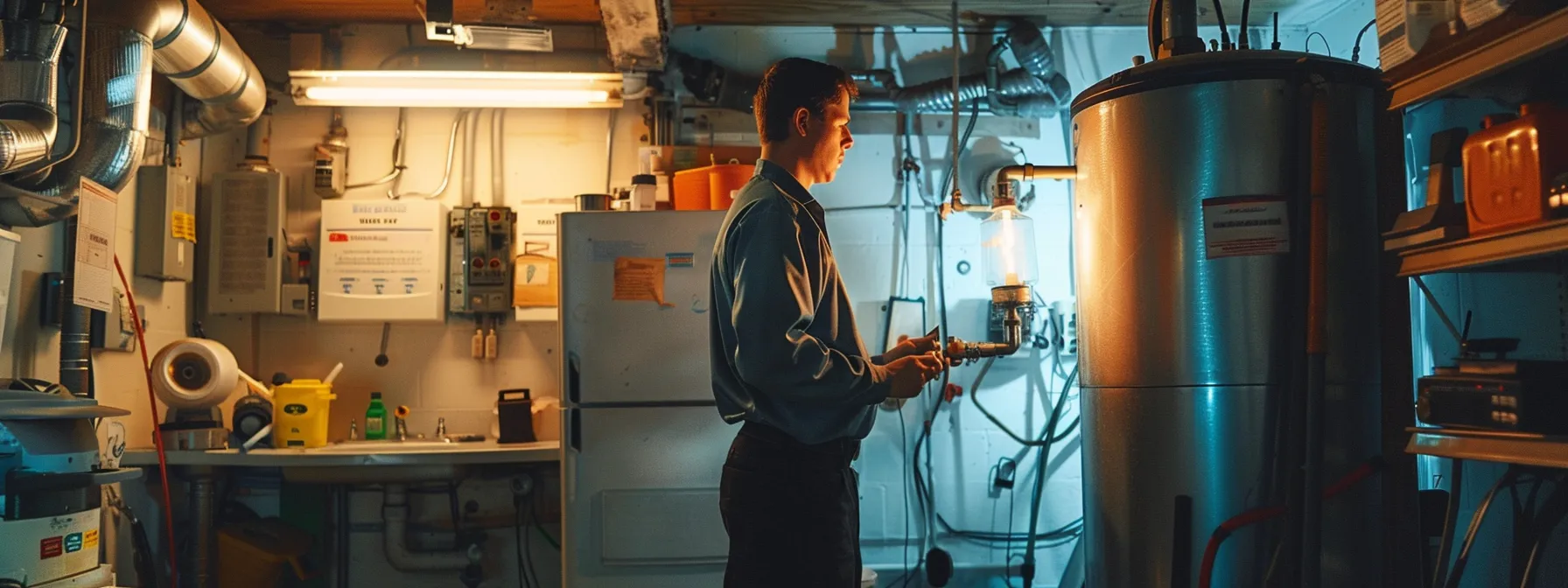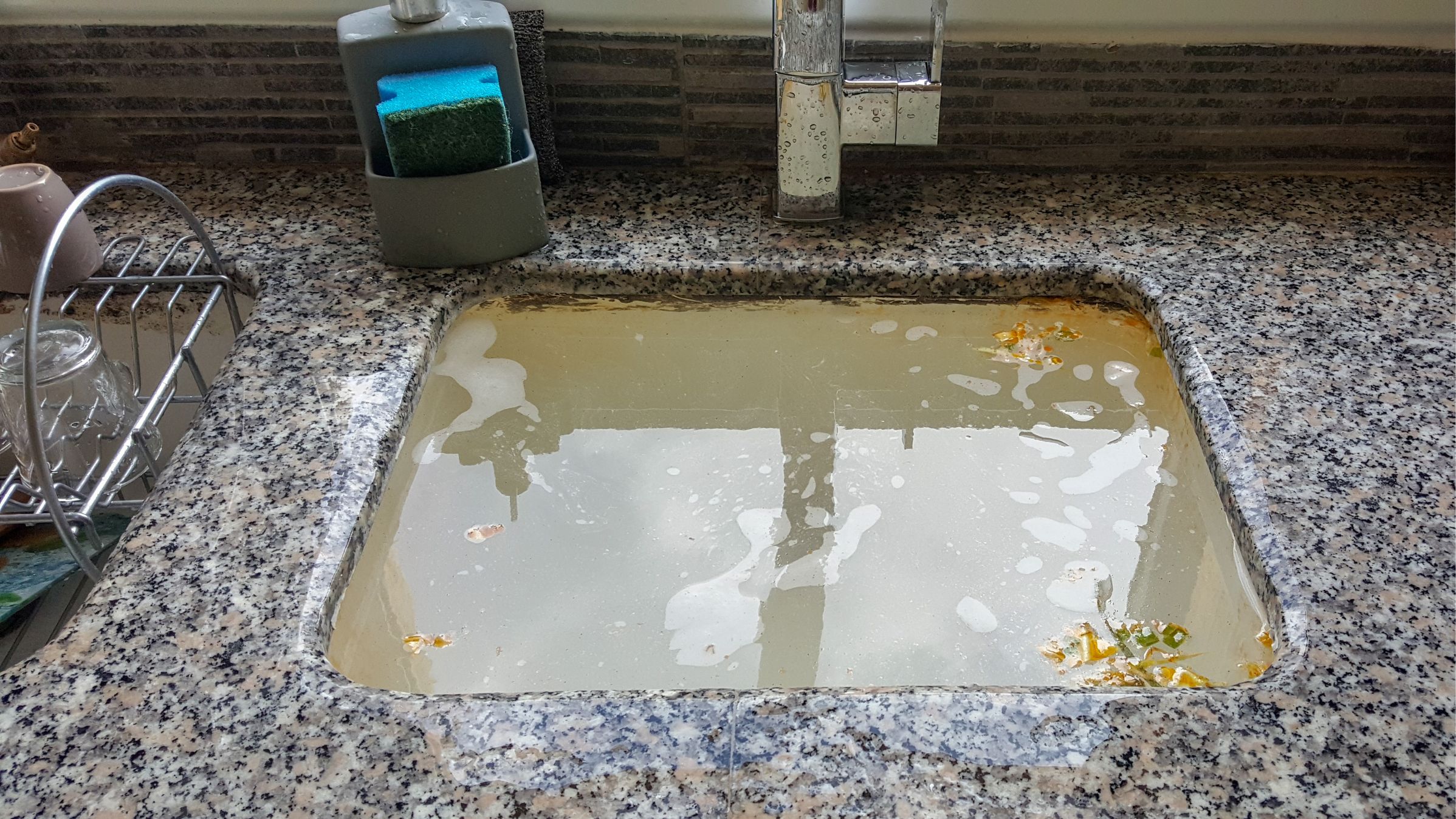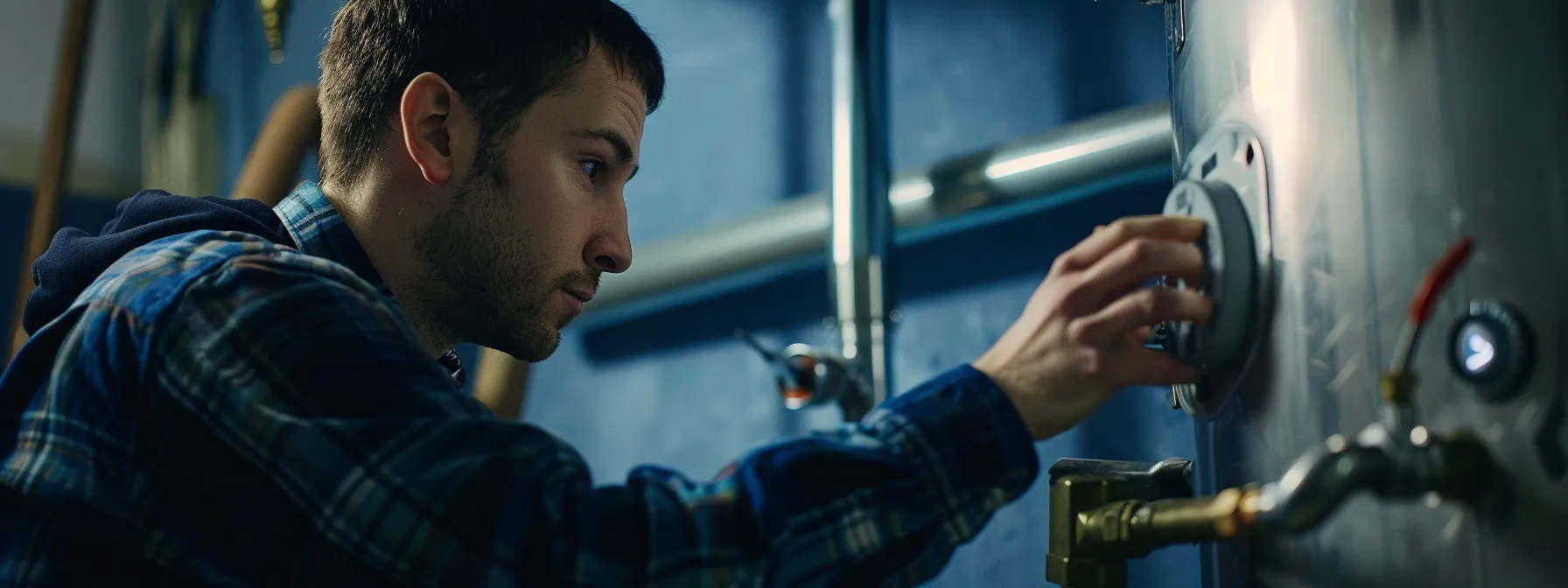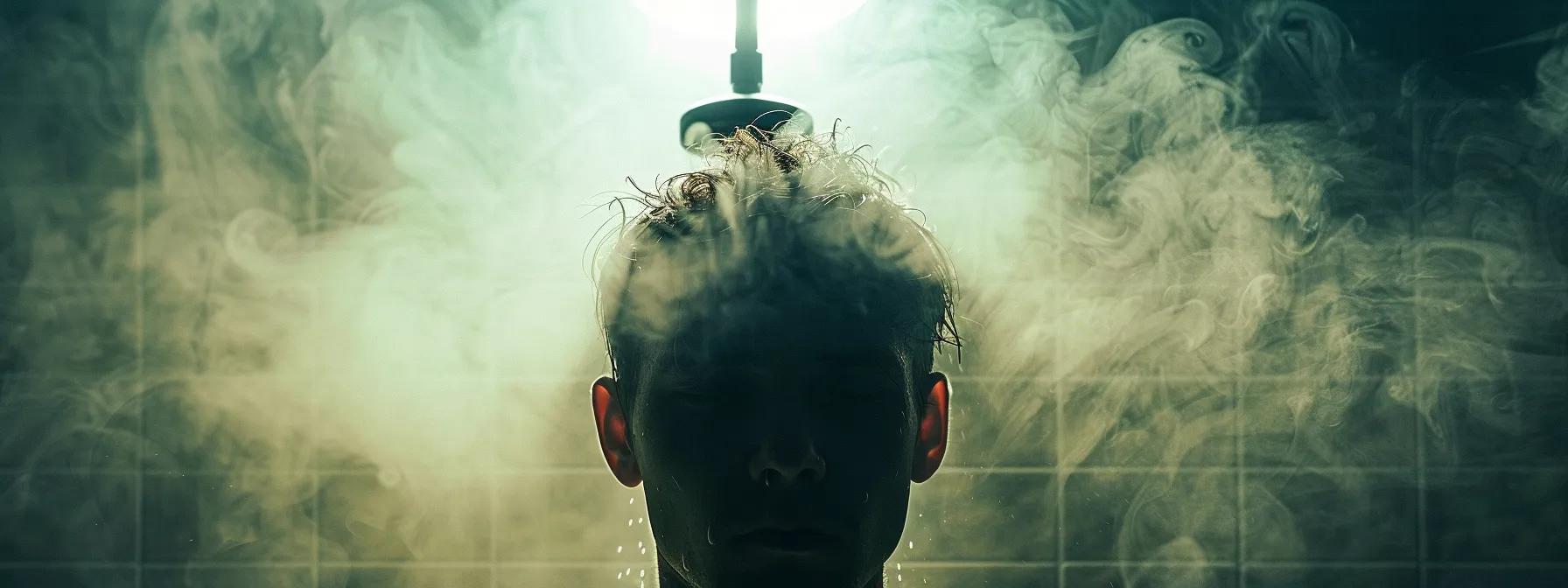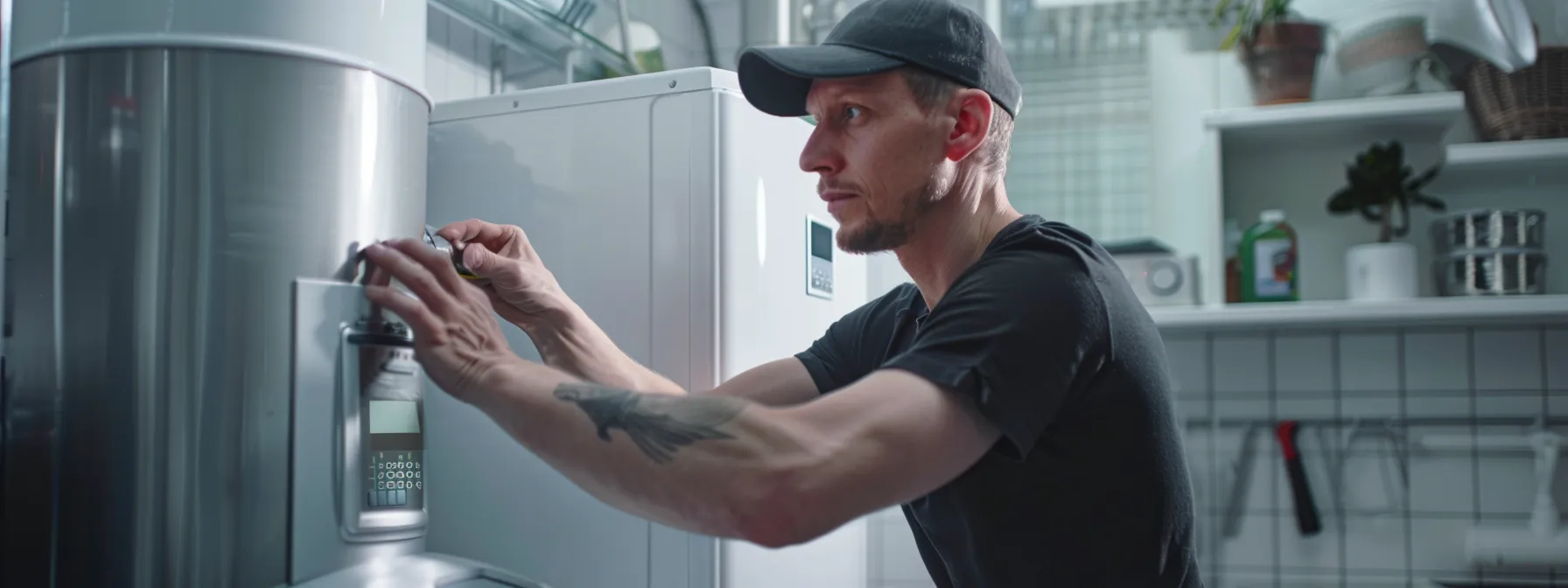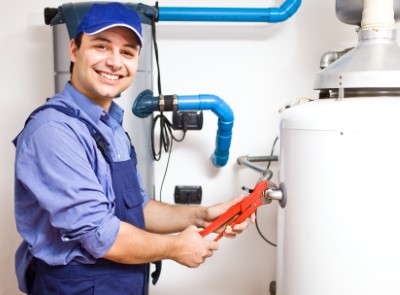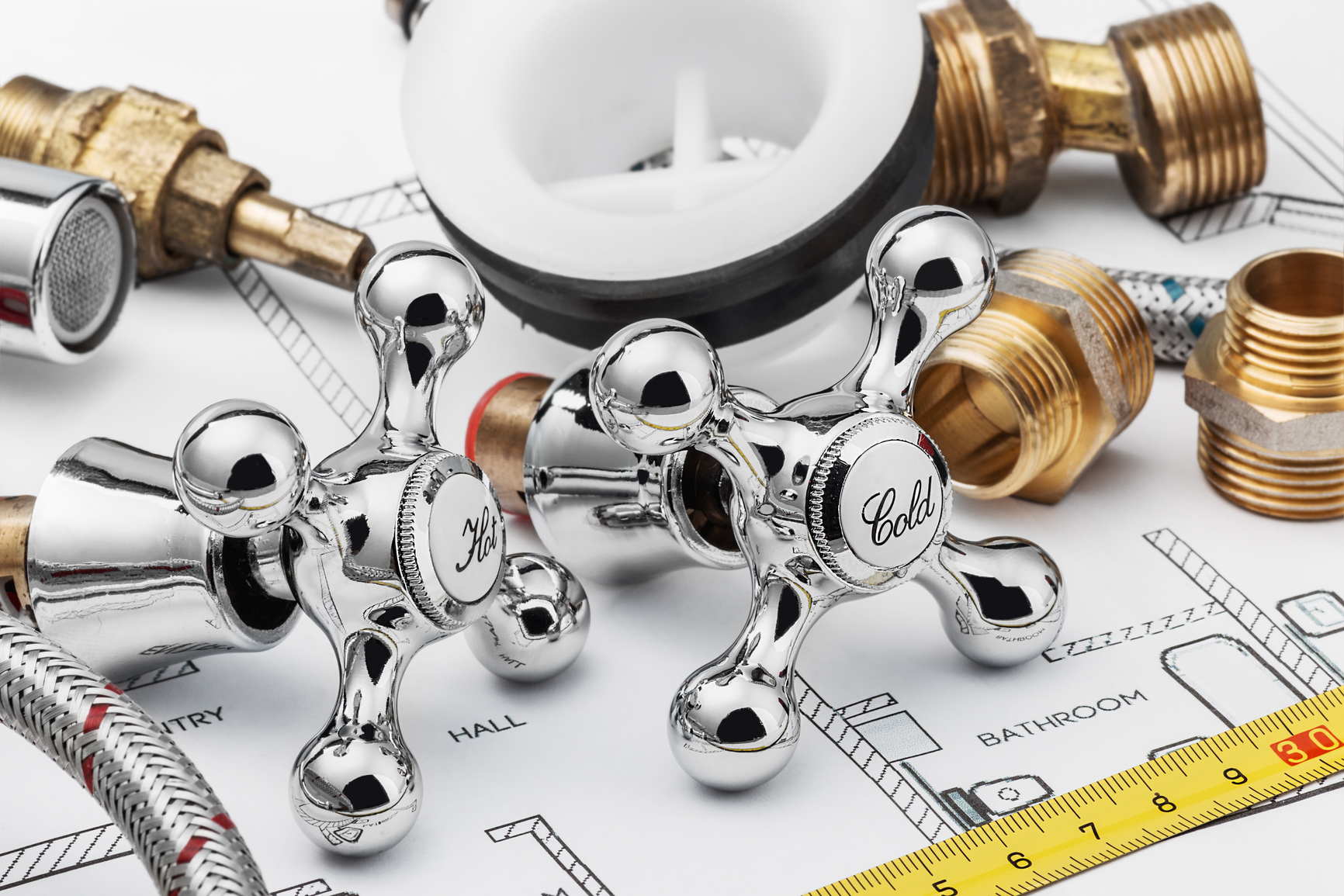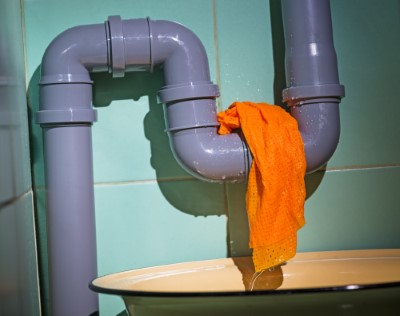Is your water heater pilot light refusing to stay lit? This frustrating situation can leave you without hot water when you need it most. In this article, common reasons for pilot light failure will be discussed, along with steps to troubleshoot the issue. Readers will also learn how to identify signs of a failing thermocouple and tips for maintaining a consistent flame. Understanding these factors will empower homeowners to address pilot light problems effectively, ensuring warm water is always available.
Common Reasons the Water Heater Pilot Light Fails to Stay Lit
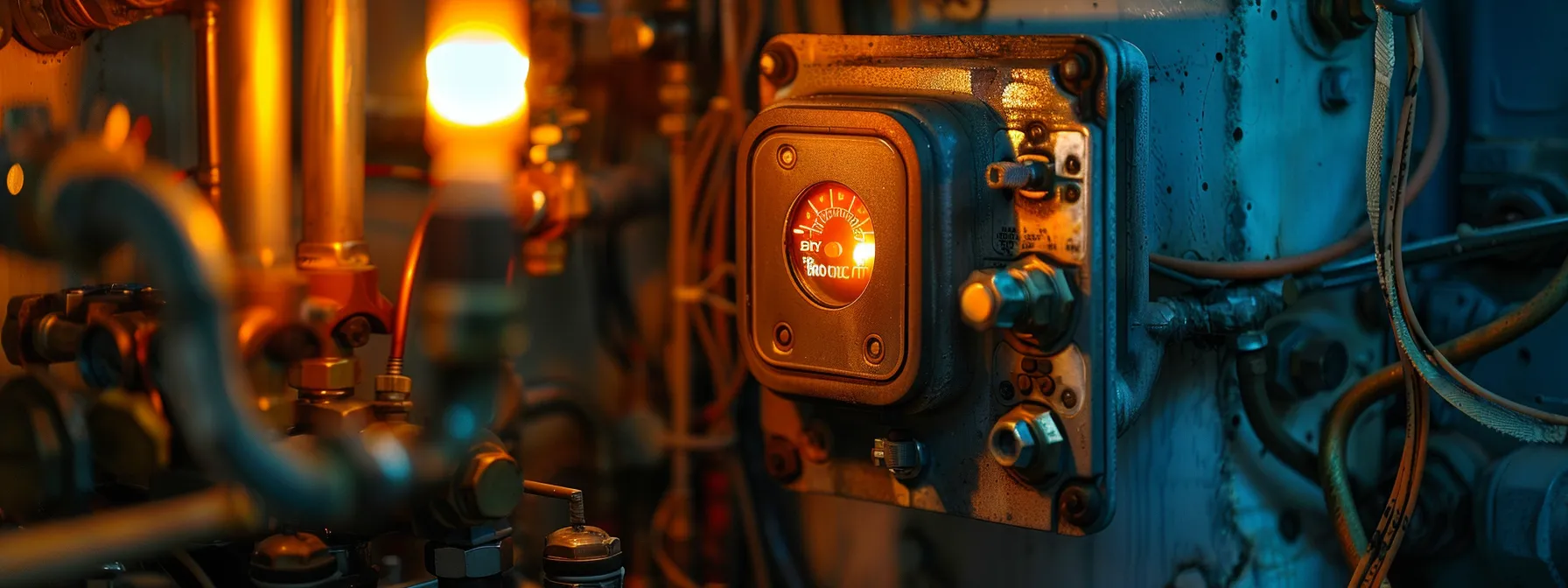
The pilot light in a water heater plays a vital role in igniting the burner for heating water. Issues with the thermocouple, which monitors the pilot light, can prevent it from staying lit. Furthermore, vents and air supply are crucial for proper combustion, while gas supply problems can hinder functionality. Additionally, a dirty or clogged burner assembly can impact heating efficiency and effectiveness. For reliable service, contact sunset plumbing of bend.
Understanding these common issues is essential for maintaining a reliable water supply. Recognizing these factors aids in troubleshooting and ensures the efficient operation of the water tank.
Understanding the Role of the Pilot Light
The pilot light in a water heater serves as the initial ignition source for the burner, allowing it to generate heat for the water. This small flame is essential in systems such as gas-powered heaters, where a malfunctioning pilot light can lead to insufficient heating and even the risk of scalding. The control valve regulates the flow of gas to the pilot light; if it fails, it may result in a gas leak or prevent the light from remaining lit, ultimately impacting the heater’s performance.
The Impact of Thermocouple Issues
The thermocouple in a water heater plays a crucial role in ensuring the pilot light remains lit by detecting heat and regulating the gas valve. When the thermocouple malfunctions, it may not accurately register the heat from the pilot light, leading to an automatic shutoff of the gas supply. This can result in insufficient heating for the tank, making reliable water heater service essential to troubleshoot and replace faulty components, thus maintaining consistent performance and safety.
Why Vents and Air Supply Matter
Vents and air supply play a critical role in the proper functioning of a water heater’s pilot light. Insufficient ventilation can lead to poor combustion, reducing efficiency and potentially causing noise issues. It’s important to check that the air pipes are clear of blockages to ensure adequate airflow; otherwise, mineral buildup or other debris may prevent the pilot light from staying lit, which can void the warranty of the unit if unresolved. Ensuring proper voltage to the system also safeguards the heater’s performance, creating a reliable source of hot water.
Recognizing Gas Supply Problems
Gas supply problems can significantly impact the functionality of a water heater’s pilot light. A malfunctioning pressure regulator may prevent the proper amount of gas from reaching the heating element, hindering the ability to maintain a consistent flame. Additionally, if the circuit breaker connected to the water heater trips, it can disrupt gas flow and lead to pilot light issues, creating a need for immediate attention to restore reliable hot water from the storage tank.
Effects of Dirty or Clogged Burner Assembly
A dirty or clogged burner assembly can significantly hinder the functionality of a water heater’s pilot light. When debris accumulates around the gas burner, it can restrict gas flow, preventing the pilot light from staying lit and impacting the overall heating efficiency of the system. Additionally, neglecting this issue may lead to potential carbon monoxide production, creating safety concerns for households, especially during high-demand periods like shower usage. Regular maintenance of the burner assembly ensures optimal performance and reduces wear on the heating components, ultimately preserving the reliability of hot water supply.
Steps to Troubleshoot the Pilot Light Problem
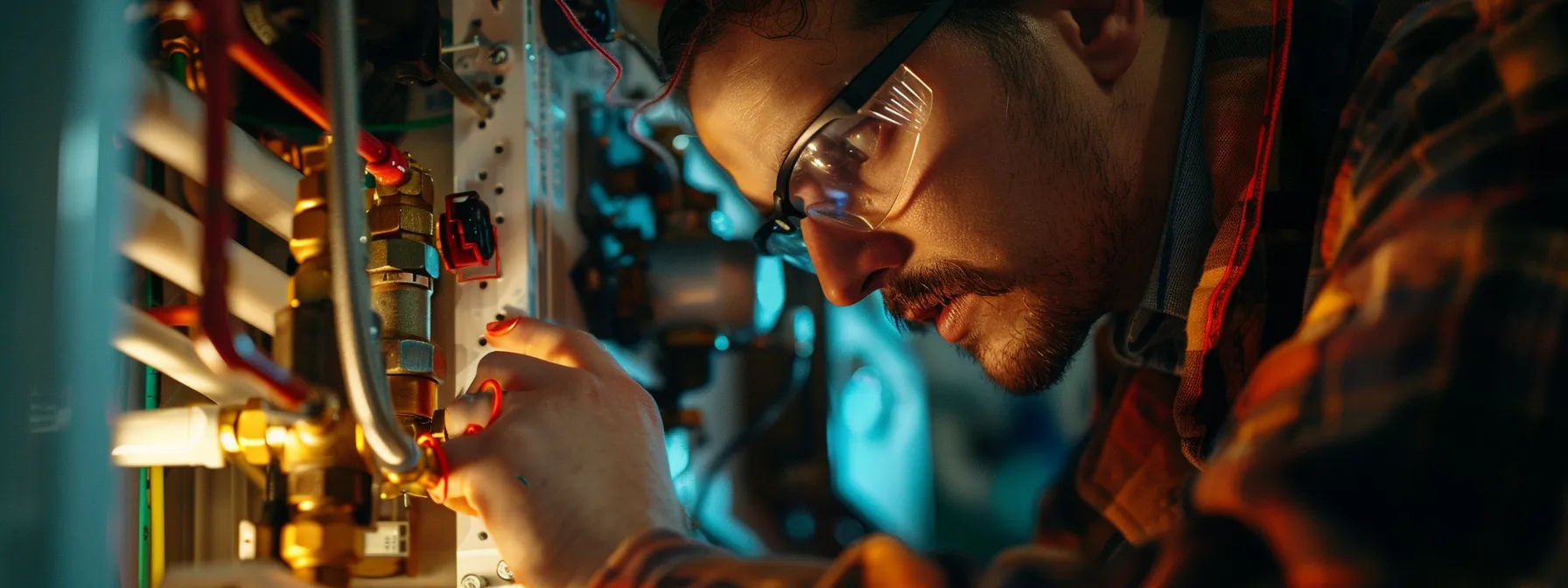
To address the issue of a water heater pilot light that won’t stay lit, several troubleshooting steps can be taken. Safely inspecting the pilot light assembly ensures that all components are working correctly. Adjusting the thermocouple position can enhance sensor accuracy, while cleaning the burner and venturi tubes improves gas flow efficiency. Additionally, checking gas flow and pressure is crucial for consistent heating, and verifying the connection to the gas valve prevents water damage from a leaking water tank. Each of these steps contributes to effective water heating and helps maintain a reliable system.
Safely Inspecting the Pilot Light Assembly
Safely inspecting the pilot light assembly is essential for diagnosing water heater issues effectively. First, ensure that the thermostat is set properly, as inaccurate settings can prevent the flame from igniting or staying lit. Next, check the assembly for any signs of dirt or buildup, as bacteria or debris can obstruct proper heating and combine with gas, leading to malfunctions. By maintaining cleanliness and ensuring all components function as designed, homeowners can enhance the reliability of their water heater and prevent recurring pilot light problems.
Adjusting the Thermocouple Position
Adjusting the thermocouple position can be a vital step in addressing a water heater problem related to the pilot light not staying lit. This small device, which monitors heat for combustion, must be positioned correctly to detect the flame accurately. An inspection of the thermocouple may reveal if it’s too far from the pilot light, leading to improper readings and potentially causing water heater leaks if the gas flow is compromised. Ensuring the thermocouple is seated properly can enhance the heater’s performance and prevent issues such as inconsistent heating or increased pressure that could strain the system.
Cleaning the Burner and Venturi Tubes
Cleaning the burner and venturi tubes is an essential step in addressing water heater problems, especially when the pilot light fails to stay lit. Over time, debris, dust, and corrosion can accumulate in these components, obstructing gas flow and affecting energy efficiency. Using a multimeter to check for correct voltage can help ensure that the burner is functioning properly, while maintaining good water quality prevents further buildup within the system, ultimately supporting reliable operation and consistent hot water delivery.
Checking Gas Flow and Pressure
Checking gas flow and pressure is a critical step when addressing water heater issues, particularly if the pilot light fails to stay lit. Homeowners should inspect for any unusual odor, as this may indicate a gas leak, warranting immediate action. Ensuring that the thermocouple is receiving an adequate supply of natural gas not only supports the pilot light’s stability but also helps in maintaining safe operation. If gas flow is disrupted, it could lead to complications that prompt the need for professional water heater repair services, especially if the relief valve is not functioning correctly.
Verifying the Connection to the Gas Valve
Verifying the connection to the gas valve is an essential step when troubleshooting a water heater issue like a pilot light that won’t stay lit. Professionals recommend checking the integrity of the connections, especially in systems affected by hard water, which may lead to mineral buildup and cause leaks. A faulty check valve in this setup can result in insufficient gas delivery, exacerbating problems such as a leaking water heater or the inability of the pilot light to remain lit during operation.
Signs of a Failing Thermocouple
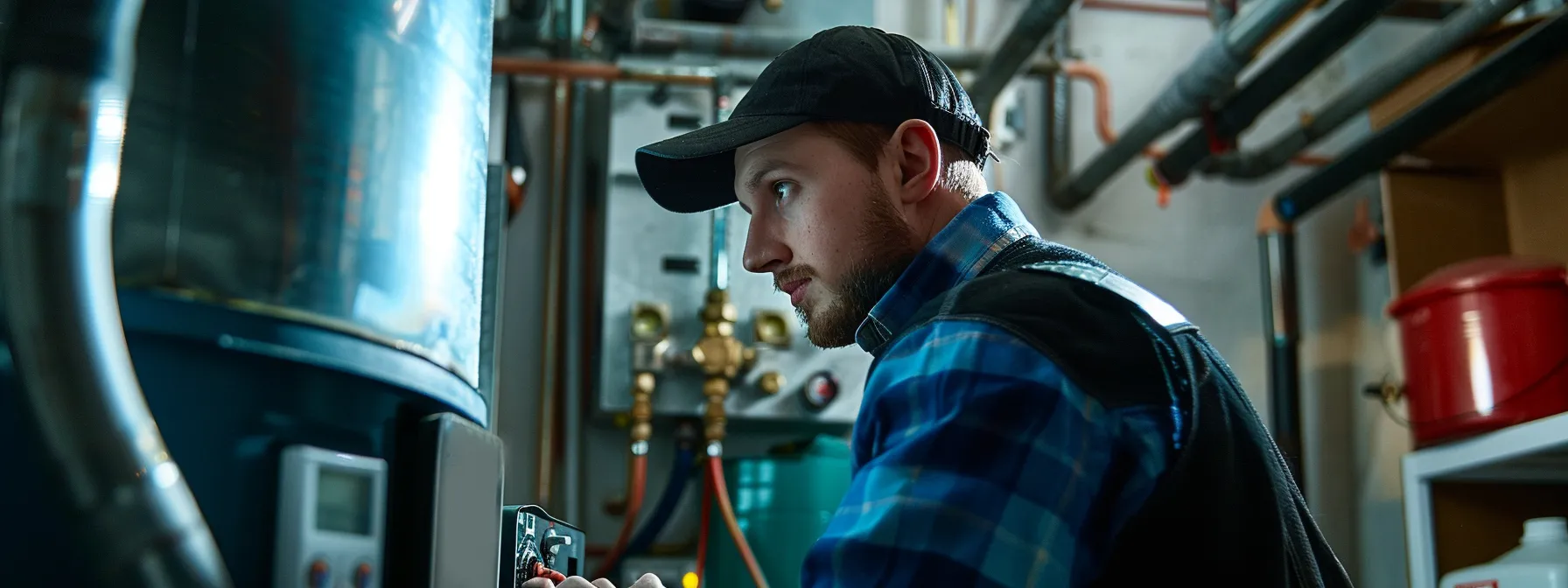
Identifying a faulty thermocouple is essential for resolving issues with a water heater pilot light that won’t stay lit. This section outlines how to test thermocouple functionality effectively and highlights the signs that indicate when replacement is necessary. Understanding these aspects can lead to prompt service requests, ensuring reliable heating in your home.
Identifying a Faulty Thermocouple Installation
When identifying a faulty thermocouple installation in a water heater, several signs can indicate a problem. Homeowners should look for inconsistent heating, as a malfunctioning thermocouple may fail to detect the heat from the pilot light, leading to issues with the water not reaching the desired temperature. Additionally, sediment or limescale buildup can interfere with the thermocouple’s functioning; if present, this may require cleaning. If propane is the heat source, ensuring that the thermocouple is properly positioned is crucial, as incorrect placement can prevent the unit from igniting or cause it to burn out quickly, necessitating troubleshooting for reliable hot water supply.
How to Test the Thermocouple Functionality
To effectively test the thermocouple functionality in a water heater, begin by turning off the unit and allowing it to cool down. Once cool, a multimeter can help measure the thermocouple’s voltage output. If the water heater works properly, the thermocouple should generate around 25 to 30 millivolts when heated by the pilot light. If it produces significantly lower readings, this may indicate a failure, necessitating a replacement to maintain heating performance and prevent issues such as thermal expansion or improper leak detection related to gas connections. Ensuring the gasket is intact and the installation is secure further enhances the reliability of the water heater, particularly in applications such as the bathroom.
When to Replace the Thermocouple
Replacing the thermocouple in a water heater is necessary when it consistently fails to detect the heat from the pilot light or shows a voltage output below 25 millivolts during testing. If homeowners observe that the pilot light frequently goes out, this could indicate a malfunctioning thermocouple that requires immediate attention to ensure consistent hot water supply. Prompt replacement not only enhances water heater performance but also minimizes potential safety hazards linked to gas leaks and inefficient heating.
Maintenance Tips for Keeping the Pilot Light Lit
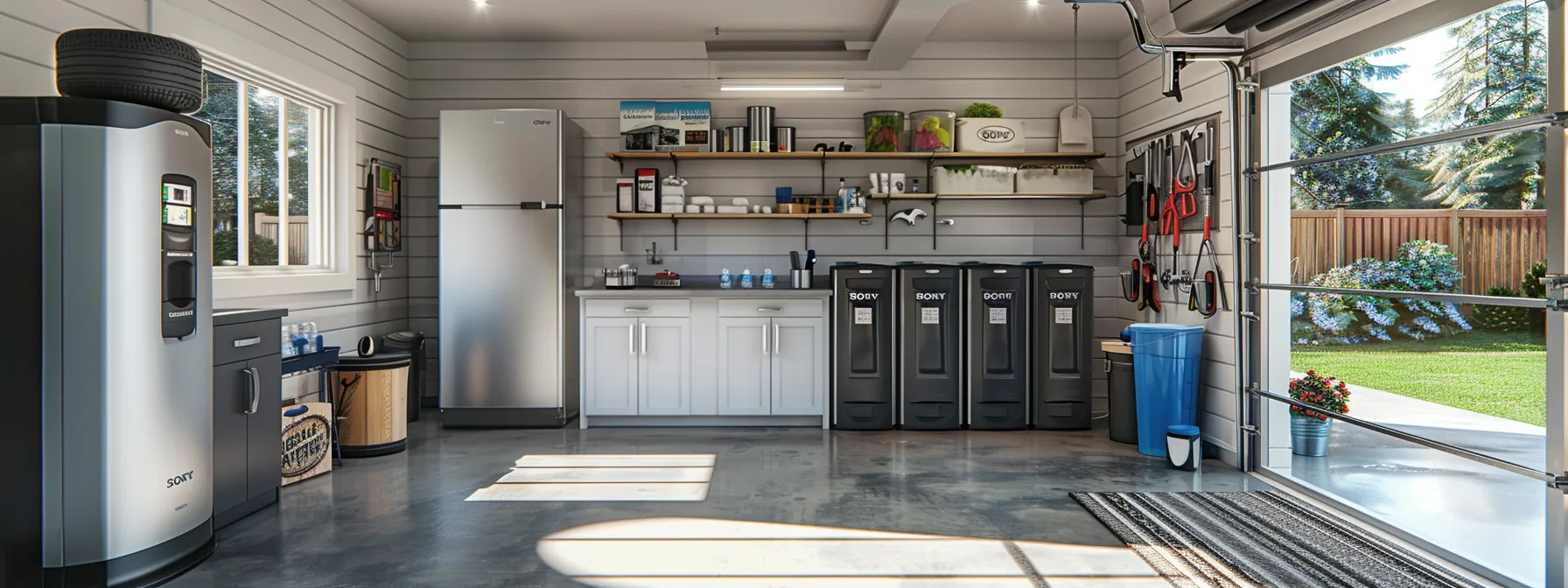
Regular cleaning of the burner assembly is essential for maintaining a reliable water heater pilot light. Scheduling routine inspections can help identify potential issues early on, while ensuring proper ventilation promotes efficient combustion. These practical maintenance tips equip homeowners to effectively address common problems, enhancing the longevity and performance of their water heating systems.
Regular Cleaning of the Burner Assembly
Regular cleaning of the burner assembly is essential for maintaining a fully operational water heater and ensuring the pilot light remains lit. Over time, dust and debris can accumulate, obstructing gas flow and hindering combustion efficiency. By conducting routine maintenance and keeping the burner assembly clean, homeowners can prevent pilot light issues, enhance heating performance, and promote a consistent supply of hot water.
Schedule Routine Inspections
Scheduling routine inspections for a water heater is vital for ensuring that the pilot light remains lit and operates efficiently. By having a professional assess the system periodically, homeowners can identify potential issues such as blockage or wear in components like the thermocouple and burner assembly before they become serious problems. This proactive approach not only enhances the reliability of hot water supply but also promotes safety by minimizing risks associated with gas leaks and ineffective heating.
Ensure Proper Ventilation
Ensuring proper ventilation is essential for maintaining a water heater’s pilot light. Sufficient airflow allows for optimal combustion, reducing the risk of pilot light failure. Homeowners should regularly inspect ventilation ducts and ensure they are free from obstructions, as blocked vents can lead to inadequate air supply and may cause the pilot light to extinguish frequently, ultimately affecting the heating efficiency of the system.
When to Seek Professional Help
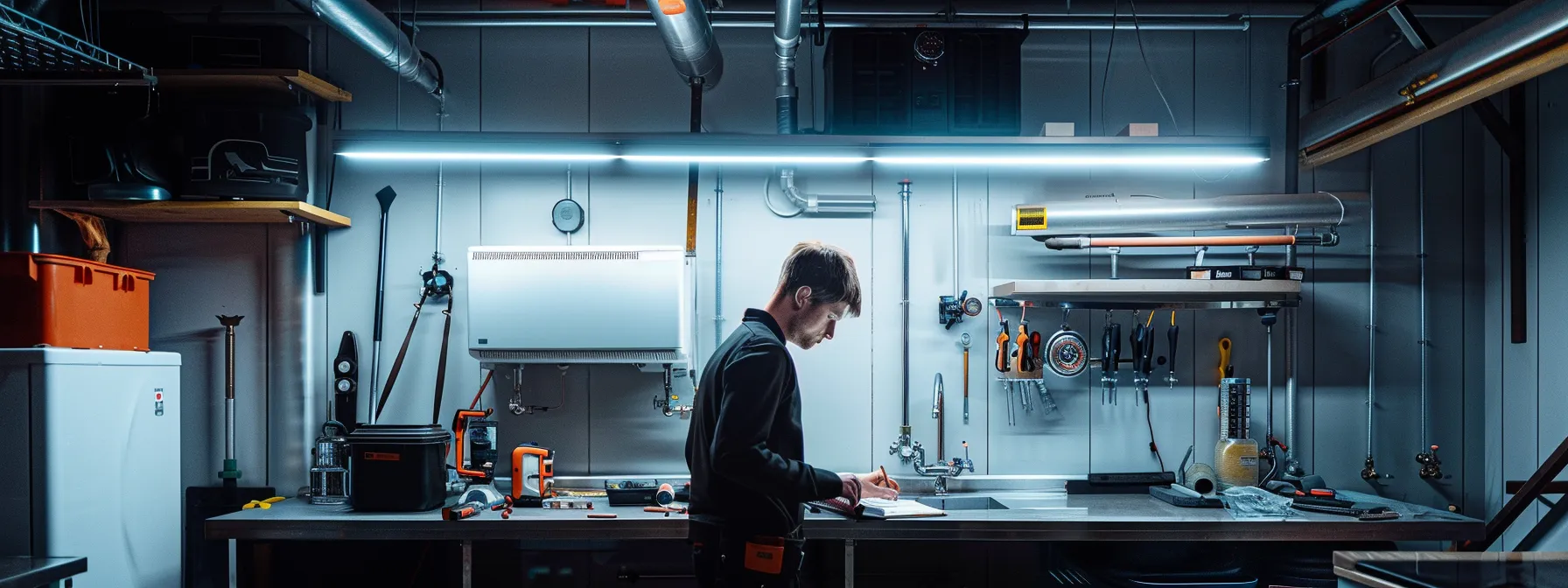
Recognizing indicators that it’s time to call a technician is crucial when a water heater pilot light won’t stay lit. Homeowners can expect a thorough plumbing service that addresses specific issues, ensuring safe and efficient operation. Professional maintenance offers numerous benefits, including enhanced reliability and extended lifespan of the water heater. Understanding these aspects aids in making informed decisions regarding maintenance needs.
Indicators It’s Time to Call a Technician
Homeowners should consider contacting a technician when the water heater pilot light consistently fails to stay lit despite troubleshooting efforts. Signs such as irregular heating, gas leaks, or a malfunctioning thermocouple indicate the need for professional assistance. These issues can not only compromise the efficiency of the water heater but may also pose safety risks if not addressed promptly, underscoring the value of expert service to ensure reliable hot water and safe operation.
What to Expect From a Plumbing Service
When seeking assistance from a plumbing service for a water heater pilot light that won’t stay lit, homeowners can expect a comprehensive assessment of their system. Expert technicians will evaluate various components, such as the thermocouple and gas supply, and provide targeted solutions to restore functionality. Additionally, they will ensure that safety protocols are followed, minimizing risks such as gas leaks while enhancing the overall efficiency of the water heater.
Benefits of Professional Maintenance
Engaging a professional for water heater maintenance offers numerous advantages that ensure the unit operates efficiently. Expert technicians bring extensive knowledge to identify and resolve issues, such as a pilot light that won’t stay lit, which may not be apparent to a homeowner. Regular professional inspections not only enhance the safety and reliability of the water heater but also extend its lifespan, ultimately saving homeowners money in the long run by preventing costly repairs and replacements.
Understanding Common Water Heater Problems
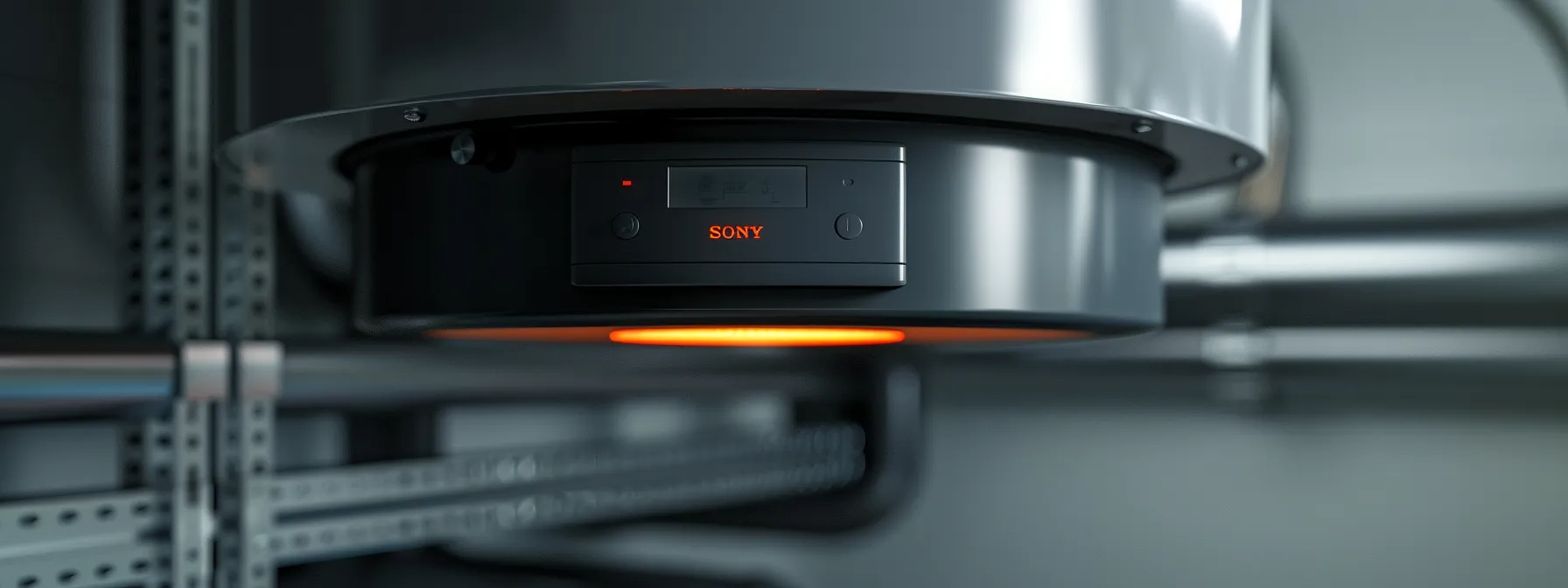
Water heater issues, particularly with a pilot light that won’t stay lit, can arise from various causes. Comparing pilot light problems with other common water heater malfunctions highlights the need for regular monitoring. Homeowners can benefit from troubleshooting resources that provide effective solutions for these issues, ensuring a reliable supply of hot water and enhancing the unit’s performance.
Comparing Pilot Light Issues With Other Common Problems
Comparing pilot light issues to other common water heater problems reveals essential insights for homeowners. While a pilot light that won’t stay lit often stems from thermocouple or gas supply issues, other issues like sediment buildup or malfunctioning pressure relief valves can also disrupt heating efficiency. Understanding these distinctions is crucial for troubleshooting effectively; recognizing whether the problem lies in the pilot light or elsewhere enables timely repairs that restore reliable hot water access and prevent further damage to the system.
The Importance of Regular Monitoring
Regular monitoring of a water heater is essential for ensuring optimal performance and preventing potential problems, such as a pilot light that won’t stay lit. Homeowners should frequently check for unusual noises, inconsistent heating, and any signs of gas leaks, which can indicate underlying issues that need immediate attention. By staying vigilant and addressing problems promptly, they can maintain a reliable hot water supply and minimize the risk of costly repairs associated with neglecting routine maintenance.
Troubleshooting Resources for Homeowners
Homeowners facing issues with a water heater pilot light that won’t stay lit can benefit from various troubleshooting resources. Guides and manuals specific to the water heater model provide detailed steps for diagnosing common problems, such as gas supply issues and thermocouple malfunctions. Additionally, online forums and professional plumbing websites often share insights and experiences that can assist in identifying effective solutions, making it easier for homeowners to restore their water heater’s functionality.
Conclusion
A water heater pilot light that won’t stay lit is a significant issue that can hinder hot water availability and compromise household comfort. Understanding common causes, such as thermocouple malfunctions and gas supply problems, enables homeowners to troubleshoot effectively. Regular maintenance and timely professional intervention can ensure safe operation and enhance the heater’s longevity. Prioritizing these steps helps maintain a reliable supply of hot water, emphasizing the importance of addressing pilot light issues promptly.


